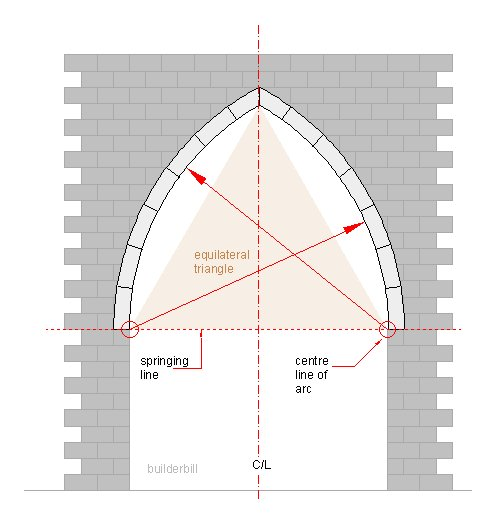
How did the Gothic pointed arch develop? What is the structural logic underlying it?
The Gothic pointed arch is also known as ogival arch.
. It is basically an intersection of two circle arcs. The underlying idea is that an ogival arch can bear a much greater load than the Roman and Romanescue round arch, and it does not lead the force vectors sideways stressing the walls.
The Romans knew only the round arch, and their buildings were heavy and dim as it was extremely difficult to make windows to them without compromising their integrity. The ogival arch was invention of one man, abbot Suger - and it spred incredibly fast throughout Europe via the Cistercian monks. It enabled making high buildings and large windows - the fassade no more carried the weight of the building, but it only protected the interiors from weather.
Abbey of Saint-Denis, the world’s first Gothic building (1135).
The intersection of two arches is called a rib vault. It stays together without mortar and can be supplemented with flying buttresses.